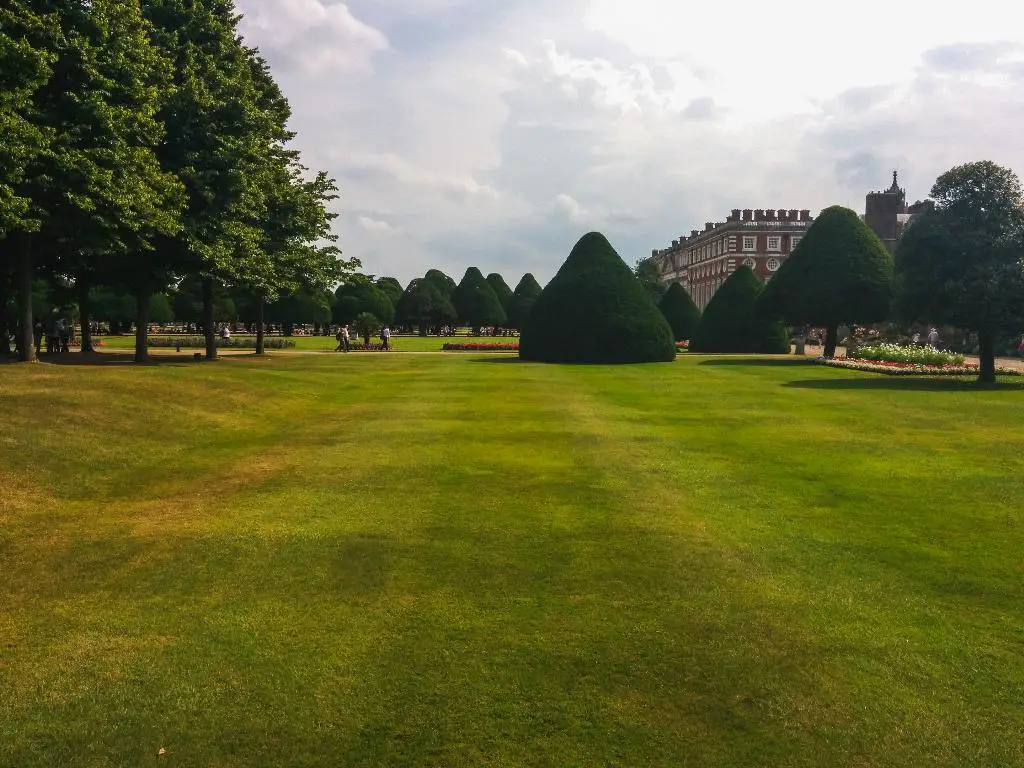When it comes to the diet of ibises in lawns, these remarkable birds play a significant role in maintaining the ecosystem’s balance. One of the primary food sources for ibises in lawns are insects that dwell in the soil.
The White Ibis, with its distinctive long beak, skillfully hunts for insects such as grasshoppers, beetles, and various larvae beneath the surface of the lawn. By foraging for these insects, ibises assist in controlling their population and preventing any potential damage they may cause to the grass and plants.
These elegant birds are adept at aerating the soil as they search for their tiny prey, inadvertently providing a valuable service by improving the soil’s quality in the process. Their constant digging and probing help to break up compacted soil and stimulate the growth of grass roots.
Furthermore, ibises do not limit themselves to feeding on insects alone. They also consume small invertebrates like snails, worms, and spiders that inhabit lawns. This diverse diet ensures that ibises play a vital role in maintaining a healthy ecosystem within lawns.
Additionally, the distinctive foraging behavior of ibises involves probing the soil with their long, curved beaks to access their prey. This action not only aids in insect control but also enhances the soil’s aeration and nutrient circulation, promoting overall lawn health.
Moreover, the symbiotic relationship between ibises and lawns extends beyond pest control. These birds also feed on weed seeds present in the soil, contributing to natural weed suppression and assisting in weed management without the need for harmful chemicals.
Furthermore, the feeding habits of ibises in lawns align with their opportunistic nature, as they adapt their diet based on seasonal variations and food availability. This flexibility enables ibises to thrive in various environments and effectively respond to changing conditions.
When ibises feed on insects and invertebrates in lawns, they not only fulfill their dietary needs but also contribute to the ecological balance of the ecosystem. By regulating insect populations and reducing pest pressure, ibises support the overall health and sustainability of lawn environments.
As natural predators of insects and invertebrates, ibises serve as a valuable asset in integrated pest management strategies for maintaining lawns without relying heavily on chemical pesticides. Their presence helps reduce the reliance on synthetic methods and promotes a more holistic approach to lawn care.
Furthermore, the feeding behavior of ibises in lawns showcases their adaptability and resourcefulness in utilizing the available food sources. By targeting a variety of pests and unwanted organisms, ibises contribute to the overall well-being of the lawn ecosystem and aid in its natural upkeep.
In conclusion, the varied diet of ibises in lawns encompasses insects, invertebrates, and weed seeds, reflecting their crucial role in maintaining a balanced and sustainable ecosystem. Through their foraging activities, ibises support soil health, pest control, and weed suppression, demonstrating the intricate connection between these birds and the well-being of lawns.

